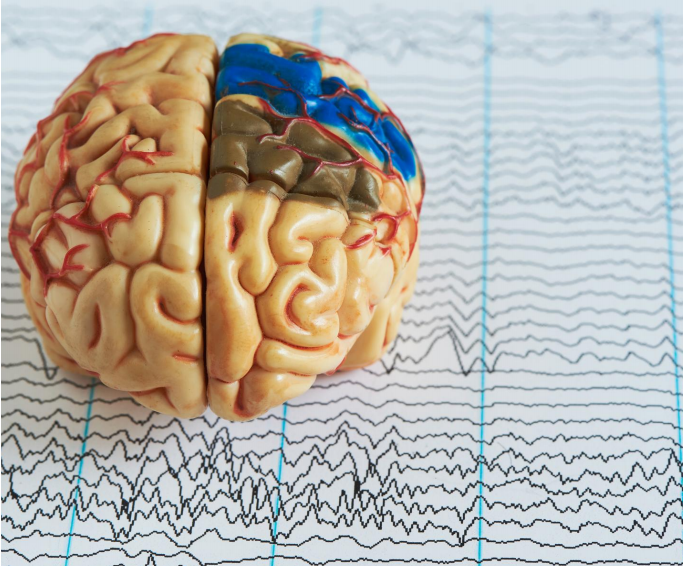An EEG study typically follows several specific steps. First one sets up the experiment itself, using various software, then pre- and pilot testing may be followed by the actual data acquisition and finishing with the analysis

Experiment Setup
Some limitations must be considered when designing a study around this modality. Because of the invasive nature of iEEG, only patient groups with serious pathology (usually epilepsy) may be sampled, which may limit the generalizability of the findings (Parvizi & Kastner, 2018). The brains of people with epilepsy may present with anatomical and functional differences that must be accounted for, and the use of various medications must also be considered (Mukamel & Fried, 2012). For an overview of how these issues have been dealt with in other studies see Lachaux et al., 2012. It is also not possible to provide coverage of the entire brain and study time is often limited to a period in which the participant is admitted to a hospital for observation, often prior to resectioning surgery, which removes the part of the brain responsible for seizure activity. Additionally, the type of electrode used relates to clinical necessity and not to the aims of a research project (Parvizi & Kastner, 2018). For reasons that should be obvious, it is not possible to include a control group in iEEG studies.
Because iEEG studies are mostly carried out on patients with epilepsy, the regions studied frequently mirror the focal areas that tend to be common among such patients: the temporal and frontal lobes. Studies on the subcortical regions are rare as a result (Parvizi & Kastner, 2018). Because the research takes place in a hospital, the ability to carry out elaborate research paradigms is often limited (ibid) and trials must be timed according to the participant’s condition and length of time since implantation of the electrodes (Lachaux et al., 2012). Thus, researchers may not be able to meticulously plan for subject participation in the same way that one can with other studies. This also means that studies can take much longer to obtain enough data (Parvizi & Kastner, 2018) and frequently, iEEG research involves far fewer participants than studies utilizing non-invasive methods of data acquisition (Lachaux et al., 2012). A typical study conducted by researchers at UiO varies, ranging from 2-3 days of access to the participant to almost a week in some cases.
Posing an additional challenge is the clinical environment itself. For example, interference from electrical devices can be controlled for in an EEG lab at a university but are often not able to be controlled for in a hospital setting. There is also the chance that participants may be distracted by sounds and events outside of the researcher’s control because of the limited control over the setting (Lauchaux et al., 2012). Lastly, access to this modality is rare and requires the involvement of clinicians trained in iEEG, as well as access to a neurologist to determine where seizure activity has occurred, so that those channels or sessions can be removed from analysis (Parvizi & Kastner, 2018).
While setting up a psychology experiment that requires it, one must decide which software to use for stimulus presentation. Mobility is also an issue to consider with presentation in iEEG studies, but thankfully laptops now allow for the movement of software-based experiments into the clinical setting. It is also important to keep in mind that experiments for iEEG study may need to be simplified or shorter in duration due to the clinical limitations presented by iEEG studies in a hospital setting.
At UiO, researchers have the choice between several options for presentation software with the most popular being E-prime, MATLAB/Psychtoolbox and Python/PsychoPy. The following table gives a short overview of these programs.

Pre-tests
In a regular neuroimaging study, pre-tests involve preliminary testing of sequences, equipment and stimuli scripts before any data collection begins. These are obviously limited, often to stimuli script testing only, in the case of iEEG.
Pilot tests
Before collecting data for the experiment, it is necessary to discuss the experiment design with colleagues and have them perform the task to give feedback on its design. Pilot test your experiment behaviorally to make sure you can obtain the predicted behavioral effect before proceeding to collect brain data with actual participants. Due to the nature of iEEG, actual pilot testing and tests of the analysis will be limited, however, tests using scalp EEG to test experiments may suffice in some cases. Unlike with studies performed using other modalities, there is no possibility of using pilot test data in the actual analysis. Essentially, you get a very small window of opportunity to get the study right!
